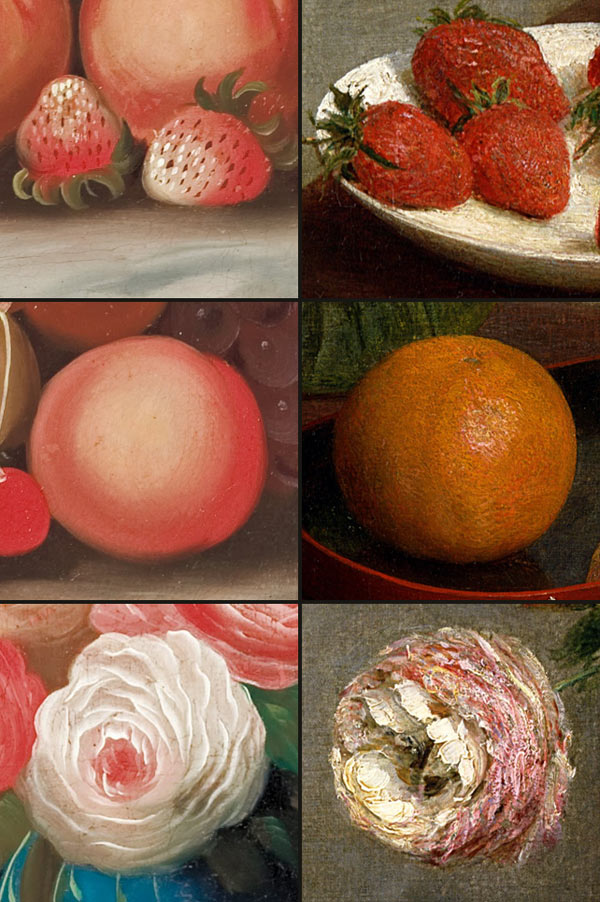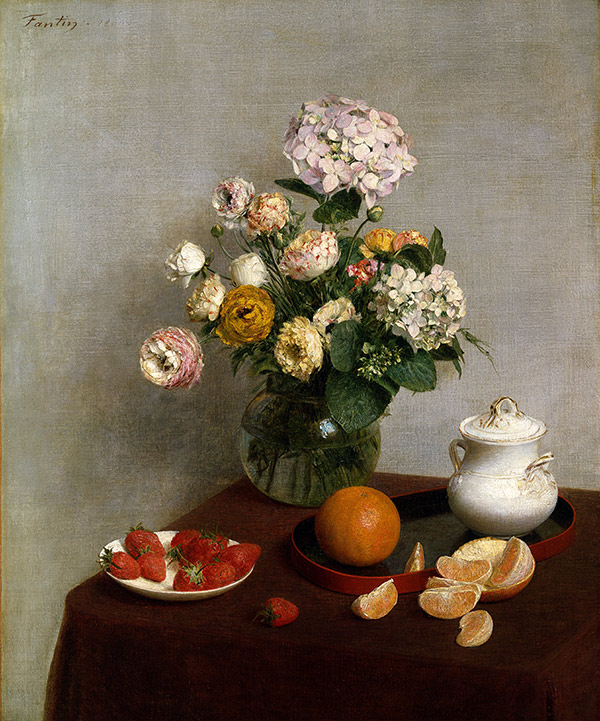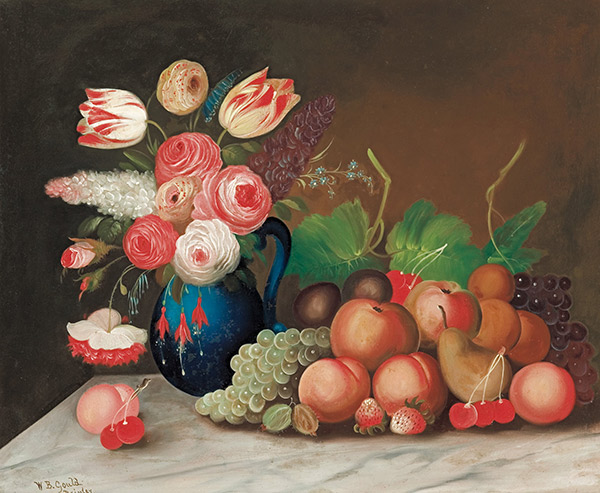Before I start I need to explain something. In this post when I say "good realism", I do not mean good art. For instance, while I may love Edward Hopper's work, I also happen to think his work does not represent the best realism. So when I say "good realism" I am speaking strictly about work that accurately represents the visible world.
So let me begin…
There are two attributes — two qualities — you will find in all good realism. If you get them wrong, you can do everything else right, and you will still paint realism poorly.
The first question to ask about your work is, "are the values in my shadows correct?" Go and check for yourself: look at any painting you have completed, and check your shadows and compare them to your source.
If you are working from a photograph, then this is an easy check to make. Take the same color that you used to paint your shadow and paint a stroke of it right onto your source photo (you can do the same thing with a color checker if you are painting from life). Is your paint brighter or darker than the shadow color in the source photo? One of the most common mistakes is to paint the value in the shadows wrong. Typically the shadows are far too light and lack the depth and richness of the actual shadows in your subject.
The next question to ask about your work is, "am I exaggerating what I see?" What I mean is, when you paint a reflection on an object, do you make it brighter? When you paint a line, do you make it more visible? If you see a pattern do you paint it stronger? The tendency is to over-define, to paint every edge stronger, to make every line more visible, to over-paint the detail and make it stand out.
Let's compare the still life above by Henri Fantin-Latour to the one below by William Buelow Gould which I think represents poor realism. Note how the shadows in Fantin-Latour's fruit differ from Gould's. Gould' s are much lighter and lack the richness of Fantin-Latour's shadows.
Also notice how Gould over-defines everything. His lines are sharp, the detail is distinct and all the reflections stand out. There is no subtlety at all. In Fantin-Latour's still life on the other hand, the detail disappears as you look closer — it is very subtle, barely visible at all up close.

So it does not matter how messy you paint, it does not matter if your strokes are "ugly", it does not matter if your detail is inaccurate. But what does matter, is that your shadows are the right value and that you are not over-defining what you see.
So let me begin…
There are two attributes — two qualities — you will find in all good realism. If you get them wrong, you can do everything else right, and you will still paint realism poorly.
The first question to ask about your work is, "are the values in my shadows correct?" Go and check for yourself: look at any painting you have completed, and check your shadows and compare them to your source.
If you are working from a photograph, then this is an easy check to make. Take the same color that you used to paint your shadow and paint a stroke of it right onto your source photo (you can do the same thing with a color checker if you are painting from life). Is your paint brighter or darker than the shadow color in the source photo? One of the most common mistakes is to paint the value in the shadows wrong. Typically the shadows are far too light and lack the depth and richness of the actual shadows in your subject.
The next question to ask about your work is, "am I exaggerating what I see?" What I mean is, when you paint a reflection on an object, do you make it brighter? When you paint a line, do you make it more visible? If you see a pattern do you paint it stronger? The tendency is to over-define, to paint every edge stronger, to make every line more visible, to over-paint the detail and make it stand out.
 |
| click to enlarge |
Let's compare the still life above by Henri Fantin-Latour to the one below by William Buelow Gould which I think represents poor realism. Note how the shadows in Fantin-Latour's fruit differ from Gould's. Gould' s are much lighter and lack the richness of Fantin-Latour's shadows.
 |
| click to enlarge |
Also notice how Gould over-defines everything. His lines are sharp, the detail is distinct and all the reflections stand out. There is no subtlety at all. In Fantin-Latour's still life on the other hand, the detail disappears as you look closer — it is very subtle, barely visible at all up close.

So it does not matter how messy you paint, it does not matter if your strokes are "ugly", it does not matter if your detail is inaccurate. But what does matter, is that your shadows are the right value and that you are not over-defining what you see.
— Mark Carder
my free videos: drawmixpaint.com
my free videos: drawmixpaint.com
Have questions or comments? Click here to discuss this post.